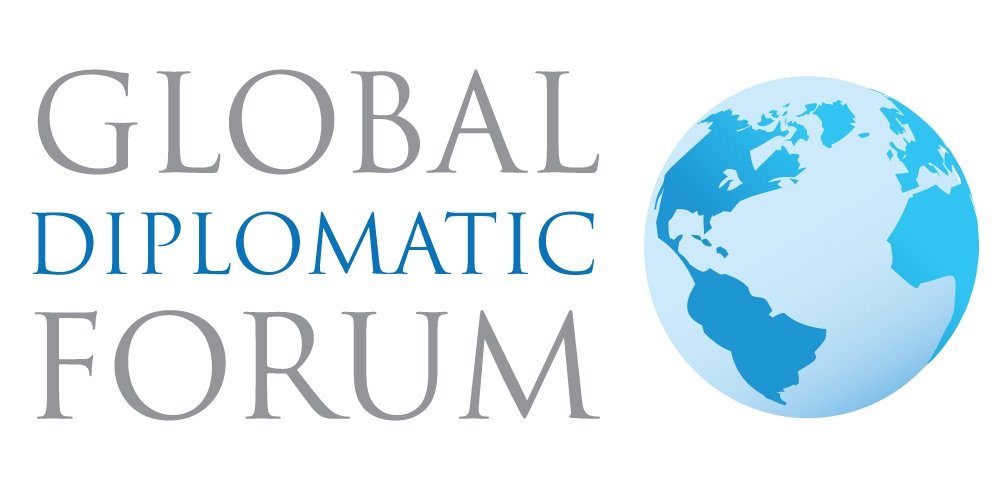The Diplomat's Wardrobe: Fashion and Functionality in International Affairs
Diplomats often serve as the face of their nation, representing their countries at international meetings, negotiations, and social events. Their wardrobe is not just about looking good; it conveys professionalism, respect, and sometimes even subtle messages through their attire. Here, we delve into the fashion choices and practical considerations that shape a diplomat's wardrobe.
Fashion Choices
Classic and Conservative Attire: Diplomats frequently opt for classic, conservative clothing that exudes professionalism and authority. For men, this typically means dark suits, often in navy or charcoal grey, paired with white or blue shirts and ties in understated patterns. Double cuff shirts with cufflinks are common, adding a touch of elegance without being overly flashy.
The choices often include tailored suits, dresses, and blouses in neutral colours for women. Kate Wyler’s wardrobe in the Netflix series The Diplomat showcases this well with sleek, minimalist business-chic looks consisting mainly of fitted black pantsuits and silk blouses. Occasionally, more vibrant outfits are worn, such as a striking red dress for formal events, symbolising confidence and making a strong visual impact.
Cultural Sensitivity: Diplomats must be culturally sensitive in their attire. This means adapting their wardrobe to respect the norms and expectations of the host country. For instance, in more conservative regions, a diplomat might opt for longer skirts or higher necklines. Accessories like scarves can be used both as a fashion statement and a cultural nod.
Practical Considerations
Climate Adaptability: A diplomat's wardrobe must be versatile enough to handle various climates. Lightweight fabrics such as linen or cotton are preferred in hotter regions, while wool and cashmere are staples for colder climates. This adaptability is crucial for diplomats who might travel frequently or be stationed in diverse environments.
Travel-Friendly Clothing: Given the frequent travel inherent in a diplomat’s job, their clothing choices often include wrinkle-resistant fabrics and easy-to-pack items. Garments that maintain a crisp, professional appearance even after long flights are highly valued. This includes suits made from high-quality materials that resist creasing and shirts that remain sharp.
Security and Comfort: Security considerations can also influence wardrobe choices. Diplomats may need to wear clothing that allows for the concealment of security equipment or personal protection items. Comfort is equally important, as they often attend long meetings or events. Footwear is a critical element; stylish yet comfortable shoes that can endure hours of standing or walking are essential.
Insights from Diplomats
Madeleine Albright, the first female U.S. Secretary of State, famously used her brooches as a form of diplomatic communication, selecting specific pieces to convey messages subtly. She once said, "I found that jewellery had become part of my personal diplomatic arsenal".
Roger Stone highlights the importance of a well-placed pocket square, noting that great dressers in history, including diplomats like Angier Biddle Duke, often sported this accessory to add a touch of flair to their otherwise conservative attire.
Condoleezza Rice, another former U.S. Secretary of State, emphasised the role of human relations in diplomacy, implying that how a diplomat presents themselves can significantly impact their interactions and negotiations.
In summary, a diplomat's wardrobe is a blend of fashion and function, designed to project professionalism, adapt to various cultural norms and climates, and provide comfort and practicality for the demanding role. Through their attire, diplomats not only represent their countries but also engage in subtle forms of communication that can influence international relations.
